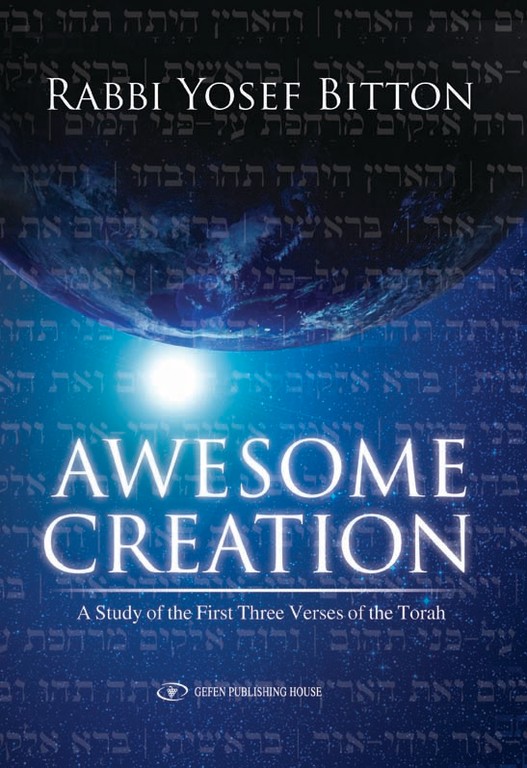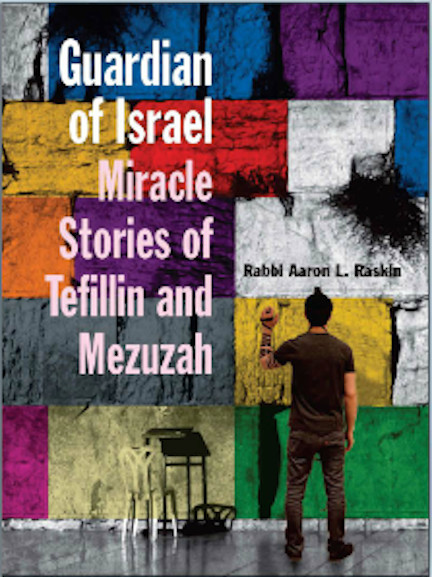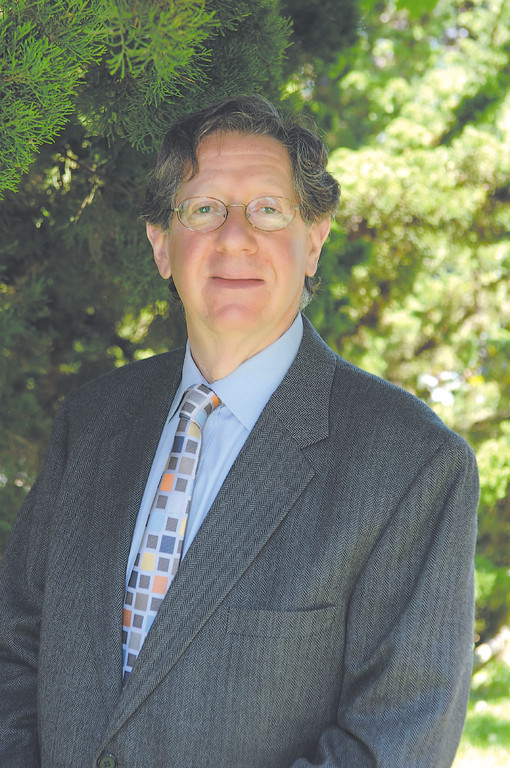Soon after Creation, the flood: Is there a link?
Imagine a singular commentary on just three verses of the Bible, the first three verses from the Book of Genesis, Parashat Bereishit, that we read in shul this past Shabbat.
This singular commentary, authored by Rabbi Yosef Bitton — “Awesome Creation: A Study of the First Three Verses of the Torah” [Gefen Publishing House, 2013] — is an extensive textual analysis that delves into the deeper meaning of one of the most fascinating sagas of both religious and human history, the creation of the world.
On reviewing this work during the week of Parashat Noach, I thought that it would be timely to focus on Rabbi Bitton’s take on the link between the creation and the flood.
In the dealing with “over the face of tehom,” Rabbi Bitton teaches us the following:
“Tehom is probably the most difficult word to translate in the second verse of the Torah. … Many classic commentaries have not delved into the meaning of this word, as they had done with other terms like darkness or tohu vabohu. Most translations rendered tehom, almost mechanically, as ‘deep,’ ‘abysses,’ or ‘sea abyss’… In the Torah itself the word tehom appears six additional times.”
Of those six times, the next two times it is mentioned they are related to the story of the Flood. Consider the following teaching by Rabbi Bitton that thematically links the creation and flood:
“The Flood: The first time the word ‘tehom’ appears in the Torah after verse 1:2 is also in Genesis, in the story of the Flood. It appears twice in this section: ‘In the second month, on the 17th day of the month, all the springs of the great tehom breached through, and the apertures of heaven were opened.’ [Gen. 7:11].
“The flood wasn’t just a massive rainstorm falling for 40 consecutive days. The Torah explicitly tells us that rain was the secondary cause of the flood. The first cause of the flood was the opening of ‘all the springs of the tehom.’ Water, or some other sort of fluid, coming from underground in enormous quantities was actually the primary reason for the earth’s flooding. In the original words of Rabbi David Aron de Sola, the Torah is describing here a
‘volcanic eruption which opened subterranean fountains and caused the seas to rise.’
‘The springs of the great tehom closed up again at the end of the flood [Gen. 8:2]. In the context of the flood, tehom seems to indicate a liquid, or its source, which comes up from underground, i.e., hot-springs, or even submarine seismic movements, which opened and then closed up, allowing water and/or some other sort of liquid to come up to the earth’s surface and ‘caused the seas to rise.’”
This thematic and linguistic connection between these two Biblical sagas is further developed by Rabbi Bitton in an as yet unpublished essay entitled, “The Flood: Earth’s Factory Reset,” that I am sharing with you, in part, to further demonstrate to you the intellectual prowess of Rabbi Bitton’s scholarship in Bible exegesis.
“What made the world deserve the flood? Parashat Noach describes explicitly the reason for the flood, ‘ki malea haaretz chamas,’ because humanity was filled with violence and corruption.”
“Why specifically a flood?
“As observed by the rabbis, the choice of a flood has to do with that G-d seems to want to address problems that could not be cured simply by humanity’s punishment. It is as if G-d wished to bring the whole world to its most primitive state, and restart it from zero. Or, better said, rebooting the world back to Genesis 1:2.”
Further on Rabbi Bitton explains that, “Life was not part of the original Creation described in Gen. 1:1. Life was to be fashioned at a later stage. In the same verse 2, we also read that early Earth was not only uninhabited but also uninhabitable; among other things, there was no dry land for mammals to live on.
At this stage, the planet was covered by tehom,”
Rabbi Bitton further states that “the flood could be seen as G-d bringing the world back to its original state of ‘tohu vabohu’ a lifelessness caused by the absence of dry land. The effects of the flood reversed the makings of the third day, the earth again is a water-world.
Without dry land, there is no vegetation or life. …
G-d reinstates mankind through some sort of a renewed process of Genesis. To accommodate the new human society, the world, by means of this flood, undergoes a total factory reset.”
In conclusion, Rabbi Bitton makes the following admonition that deserves your close reading as you study the text of Parashat Noach.
“At times, G-d intervenes with mankind by delivering a message. These messages could be in the form of a punishment; the destruction of the Temples would be a case in point. However, some other times, things could theoretically get so bad, past every conceivable tipping point, that the only solution is a reset. In the case of the flood, G-d reset creation back to the second day.”
“Awesome Creation” sets up the reader to experience a meaningful understanding of the Torah starting from level one, the first three verses of Bereishit. Without a firm grounding as provided by Rabbi Bitton in this work, a complete understanding of all that follows will be found wanting.
My observations this week, and the quotes by the author as cited above should serve as an incentive to your continued study of Torah from some of the most learned scholars of our time.
Tefillin and Mezuzah: Endless miracles
Two very interesting books were recently published dealing with prayer, both written in a rather informal manner. While the Jewish method of worship has its formal mode, there are aspects of prayerful worship that have an informal air about it that gives the practitioner an opportunity to experience a “human side” to his/her conversation with G-d.
In “Guardian of Israel: Miracle Stories of Tefillin and Mezuzah” [Sichos In English, 2013], Rabbi Aaron Raskin conveys great love for the sacredness of both the utilitarian and spiritual functions of mezuzah and tefillin.
In a breezy and informal manner, Rabbi Raskin presents a plethora of everyday experiences that explore the deeper meaning of these two ritual objects, objects that we all take for granted in our daily lives.
This compact book is organized into eight topics; each consists of up to a full dozen anecdotes that demonstrate how tefillin and mezuzot enhance our spiritual appreciation of life.
The second work, “Tefillah Tips: Engaging thoughts that inspire joy and stir the soul,” by Rabbi Joshua Kurland, a prominent student of Rabbi Shlomo Freifeld, zt”l, consists of 35 essays dealing with a pragmatic approach to prayer.
According to its author, “each one conveys a single idea that can be immediately and realistically put to use in the reader’s very next prayer session. … I present the thoughts in this volume with the hope and prayer that the words that emanate from my heart will enter yours, and together our heartfelt prayers will enter the gates of Heaven. … I pray that the contemplation and joyful spirit that this book elicits will aid all of its readers in concentrating on their prayers and being inspired by them.”
And so they will. In this I am sure, for the simplicity of this book will serve to strengthen many of our troubled people in these most troubled of times. In addition, consider this: this work enjoys the approbation of two great spiritual guides from our community, Rabbi Naftali Jaeger and Rabbi Shmuel Brazil.

 66.0°,
Shallow Fog
66.0°,
Shallow Fog 









